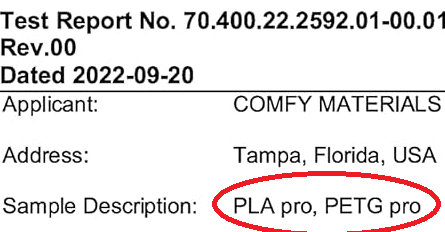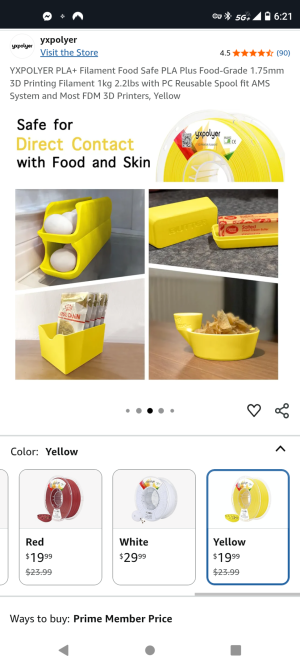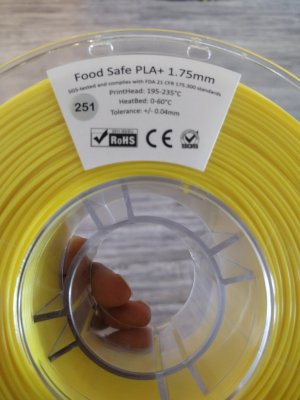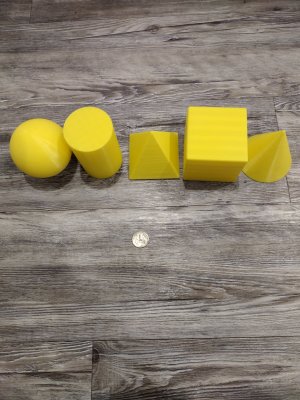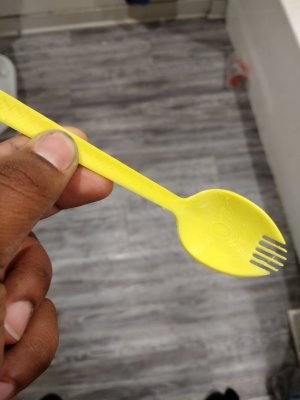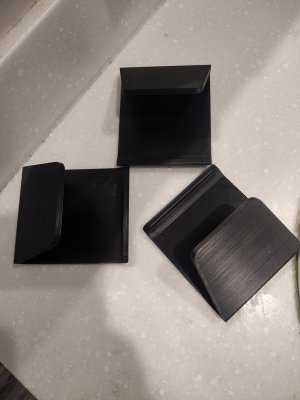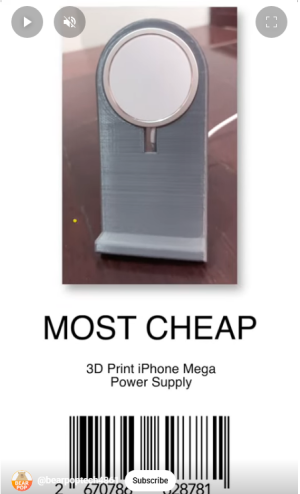As someone who worked in a polymer lab (specifically an additive company that operated a blown film line and did chemical additives for Fluoropolymer additives to reduce the effect of shark scaling. Full disclousure I worked in IT and had to calibrate machines, not a chemist.) I can tell you flat out no FDM print should be considered 'food safe'. FULL STOP. DONE.
Here is why, you do not have any additives in typical FDM printing that prevent what is commonly called Shark Scaling as a result of extrusion. Unless you are in a sophisticated lab environment your FDM is going to have that defect in the print. And guess what those tiny scales do when disrupted? They shed. You hear about micro-plastics everywhere? Guess where a fair number of them are likely coming from? Extruded plastic products.
So here is what you can do, extrude about 2 inches of FDM filament from your printer and look at it under a microscope. Even a cheap one. Now pull slightly on each end, don't break it, don't distort it, just enough to be a firm pull. Look again. You'll see the shark scale effect either stay the same, or get worse. Depending on temperature, extrusion rate, and material type you will see some form of this. Now, grab a wet rag and run it through that sample and compare the edges. Remember to pull and wipe in both directions simulating if you washed a FDM printed bowl for example.
You'll see a ton of the tips of that effect broken off. Where did the plastic go? Where do you think that PLA ended up? In you if you are eating with something printed.
No. Don't use them in planters either. Don't use them with pets, to be honest, don't use FDM at all if you have concerns about microplastic contamination. As much as I like the hobby, the reality is we are dumping a fair amount of microplastics into the environment unless you take very VERY clinical steps in controlling the print environment. Air temp, air flow, humidity, even elevation has to be taken into account to keep that shark scaling to a minimum and someone's Ender 3 or Prusa sitting in the living room isn't going to cut it for controlling that.
Here is a good video that inadvertently show your the problem:
If I remember right, and this is going back over 20 years, even typical fishing line would shed 1 gram of microplastic under light friction per 100 yards of line... I think... I am really trying to remember that.
I am sure we have some polymer scientists in here that can go into more technical detail but as far as my experience goes, NEVER USE FDM FOR FOOD (Well to be honest we shouldn't probably be doing any at home FDM printing but I doubt that argument would go over well ... as I stare at my FDM 3 feet away....)
Oh and the vapor treatment people use to smooth prints
might actually help minimize the microplastic problem but some college kids need to research that.
